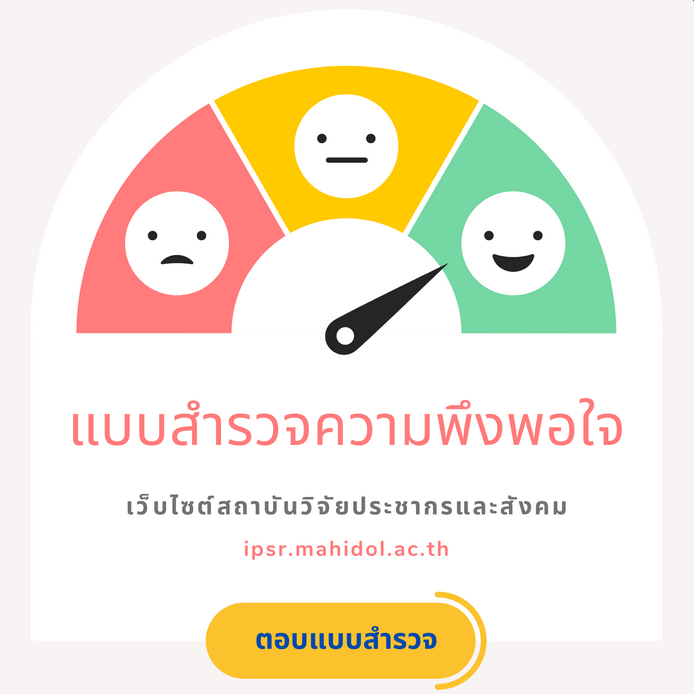Abstract
The transformation of ASEAN health care systems offers continued opportunity to create positive outcomes for the populations they serve. Although ASEAN health care represent a wide range of system models (and their variations), they all continue to demonstrate a forward-thinking perspective necessary for continued growth. Nevertheless, there are a number of internal and external realities all health care systems must recognize and address in order to continue providing quality health care to their respective populations.
Perhaps the most important internal reality is the upward pressure associated with health care costs at all levels and programs. Intimately tied to cost include public/private partnerships, value-based medicine, and access (telemedicine and rural health). External realities are headed by demographics. Regardless of the income level of the country, increasing numbers of older-age populations will continue to force health care systems to find creative measures to control cost of services and drugs to this burgeoning population. Additional external realities include the structure of the labor force, medical technologies and the role of the private health care sector.
The purpose of this presentation is to explore the transferability of these realities vis-à-vis current efforts in the United States and other high-income countries to health care systems in the ASEAN countries. Matcha's study of these varied health care systems shows two models are significantly more comprehensive, regardless of country, and that health outcomes are differentiated on the basis of sociological variables, regardless of health care systems.
Moderator: Dr.Sudarat Musikawong
August 21, 2019 Time: 12.30-13.30 hrs. Room: 109 Srabua

